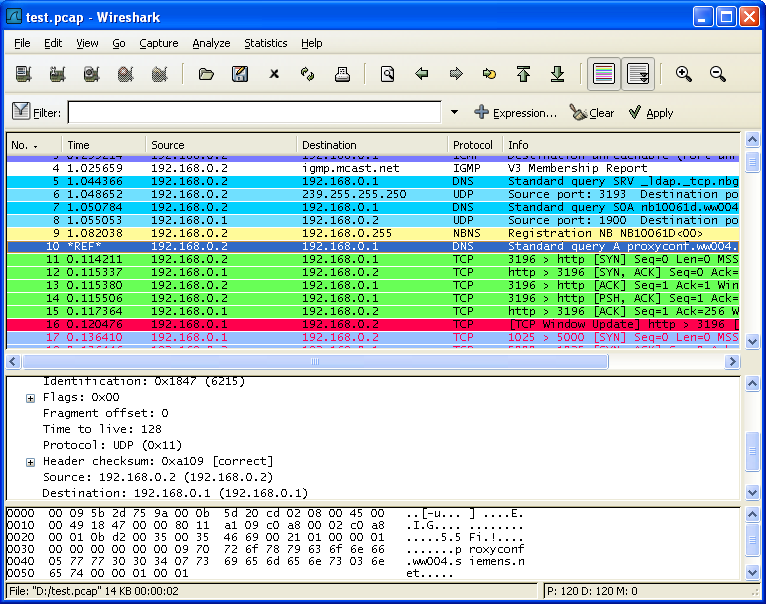

How? It’s just a matter of pressing Shift + Ctrl + p, scrolling down to SSL in the protocol list and browsing to the stolen private key file. If the attack was able to acquire the private key file, he or she could easily decrypted the TCP streams, reassemble and view the decrypted segments. there is one way to view encrypted traffic in Wireshark.

(Note that foremost may still be necessary for extracting data from protocols other than HTTP.)Īlso, Sebastien Raveau suggested tcpflow, which I've added to the list of suggested tools above.Wireshark can’t make sense of encrypted traffic which is why we should also make sure sensitive traffic is encrypted. Jeremy L Gaddis pointed out that Wireshark has the (limited) ability to extract data on its own, demonstrated nicely in these two videos: JPEG from the example and a PDF. (Thanks to Dave Hull, from whom I shamelessly stole this idea.) Update Some other (open source) tools to check out are: There are, of course, more elegant ways to do this, but this simple method is handy when on-the-run or manual one-off analysis is necessary. Output/jpg/00000000.jpg: JPEG image data, JFIF standard 1.01įilenames are assigned as serial identifiers because foremost has no knowledge of their original names, but the data is intact. Num Name (bs=512) Size File Offset Commentįoremost finished at Sun Jul 12 15:59:27 2009įoremost dumps its findings to a directory named output:

Output directory: /home/stretch/test/output a JPEG image).įoremost version 1.5.5 by Jesse Kornblum, Kris Kendall, and Nick Mikusįoremost started at Sun Jul 12 15:59:27 2009 We can use the foremost forensics utility to sift through this blob and extract any recognizable binary data structures (e.g. What we have now is an HTTP response and a JPEG image smooshed together in a single binary blob this isn't of much use. For our example, I've saved the dump to disk as "example.raw". Ensure that the Raw option is selected and click Save As to export the binary data. For the purpose of this example, we're only interested in the received data, so we restrict the stream parser to show only inbound (blue) packets by selecting that direction from the option at bottom. Wireshark marks transmitted and received data in red and blue, respectively. Wireshark applies a display filter to the packet list so that only packets from the selected stream are shown, and it invokes the stream content window shown below. This is most easily done by selecting a packet within the stream containing the data you want to extract and selecting "Follow TCP (or UDP) Stream" from the right-click context menu. Reference the attached packet capture containing a JPEG image downloaded via HTTP to play along. If you ever find yourself needing to reconstruct binary data contained within a packet capture, there is a simple way to do so on the fly using only Wireshark and a utility called foremost.


 0 kommentar(er)
0 kommentar(er)
